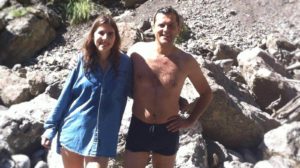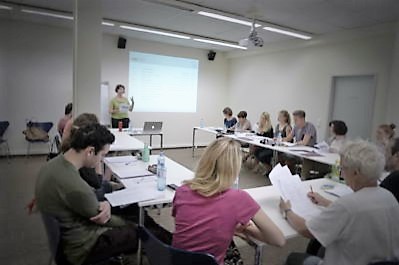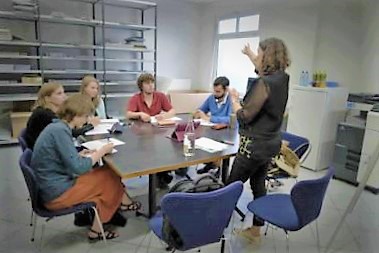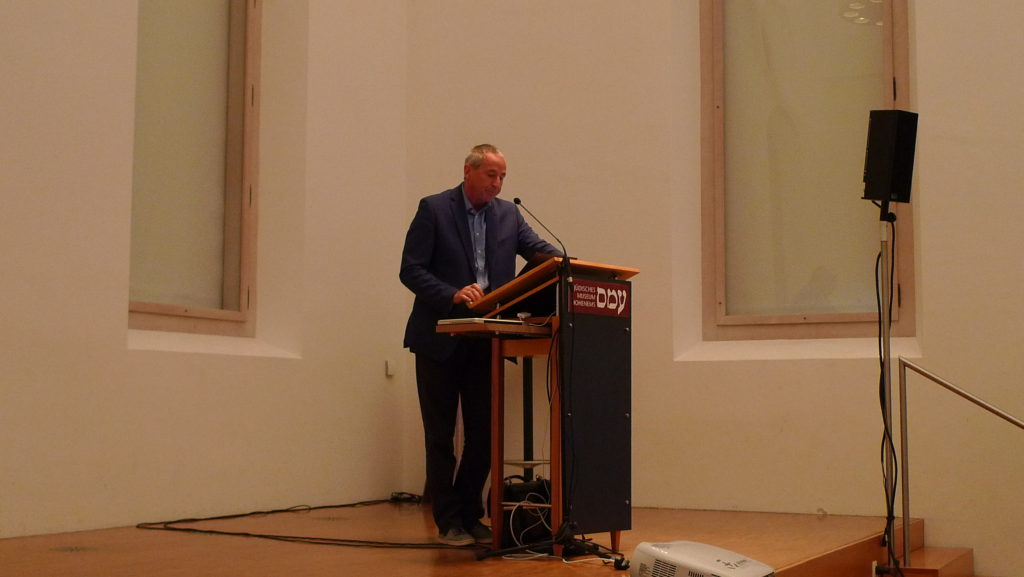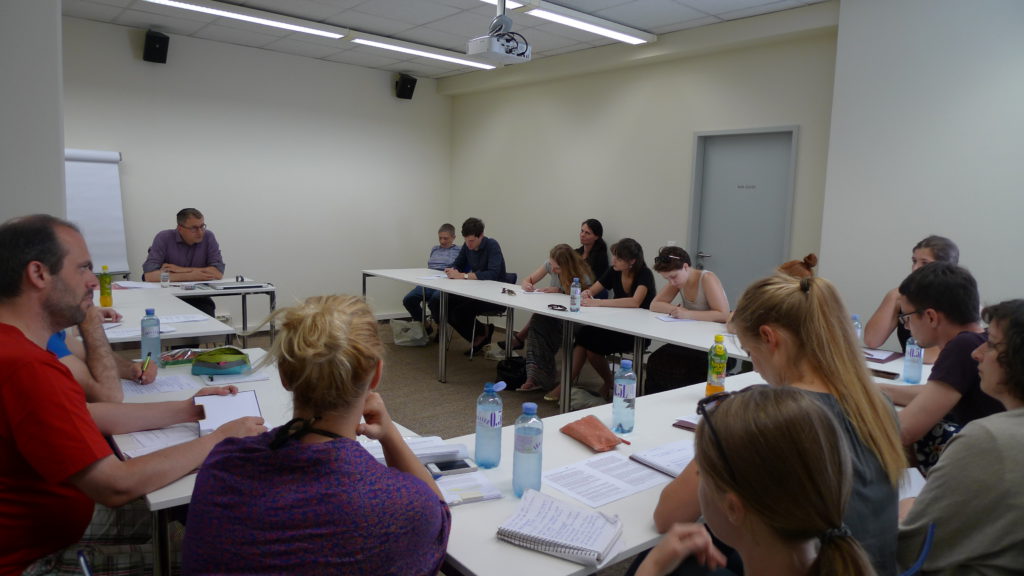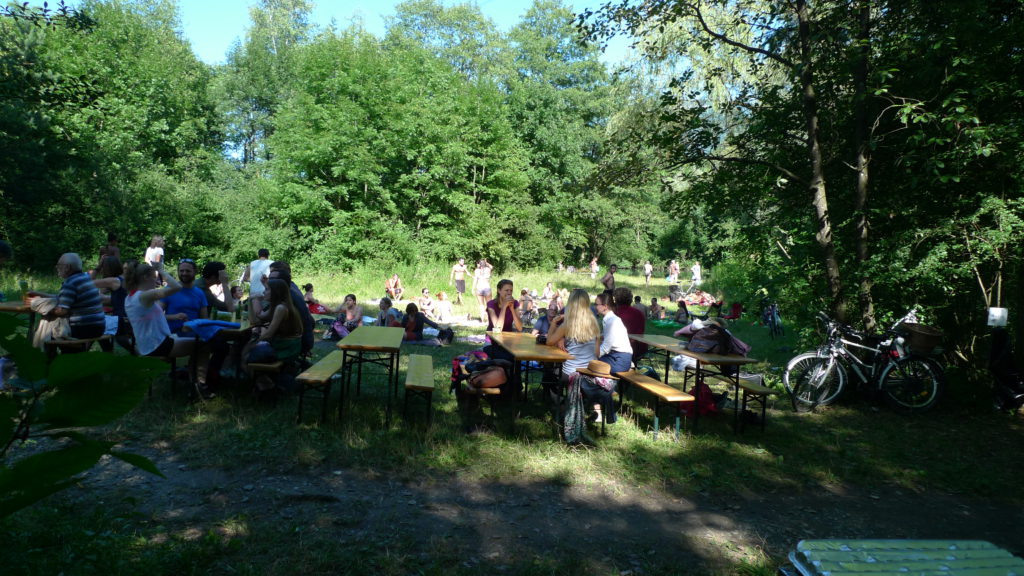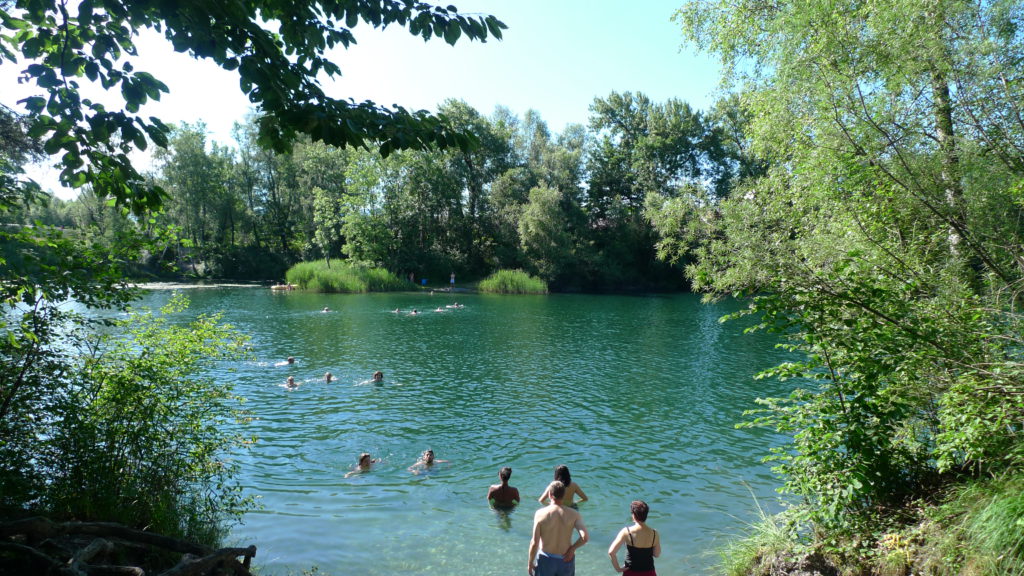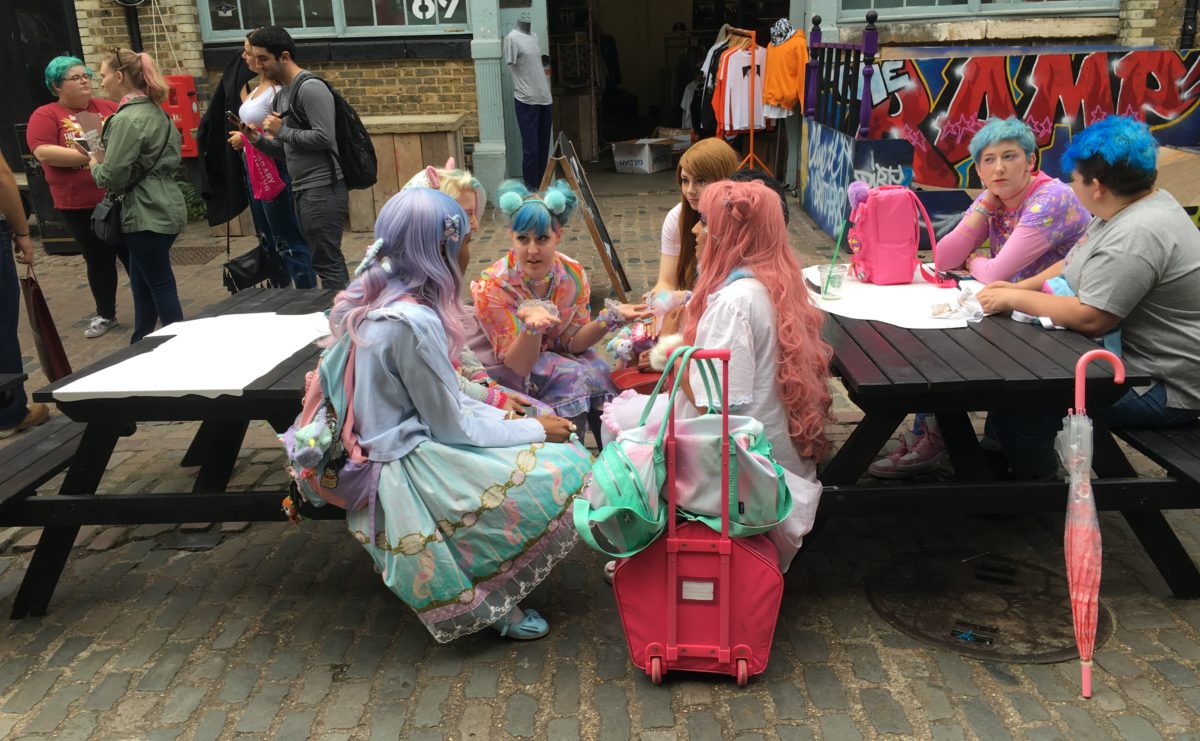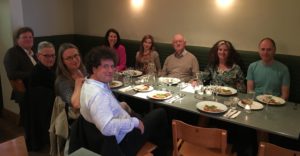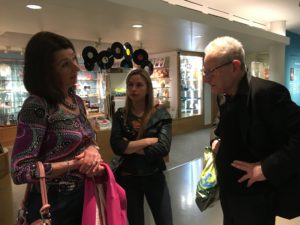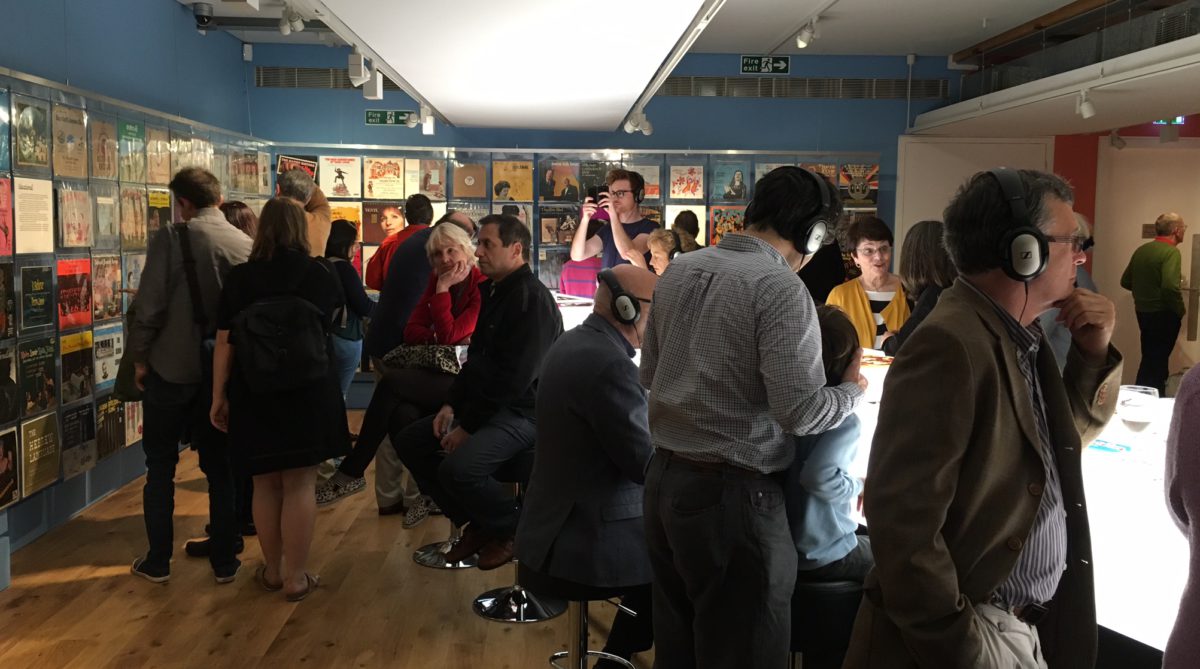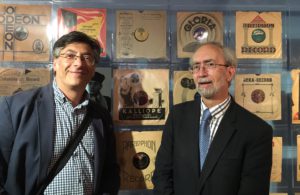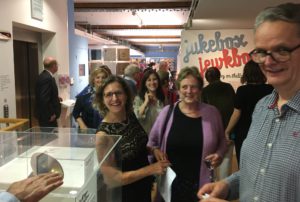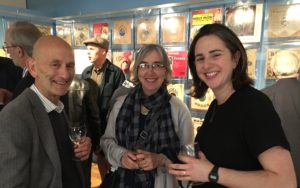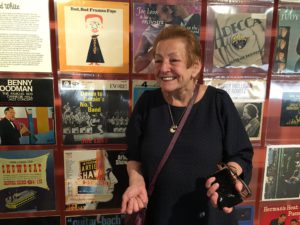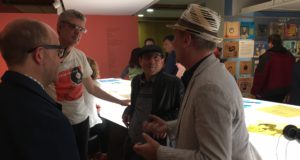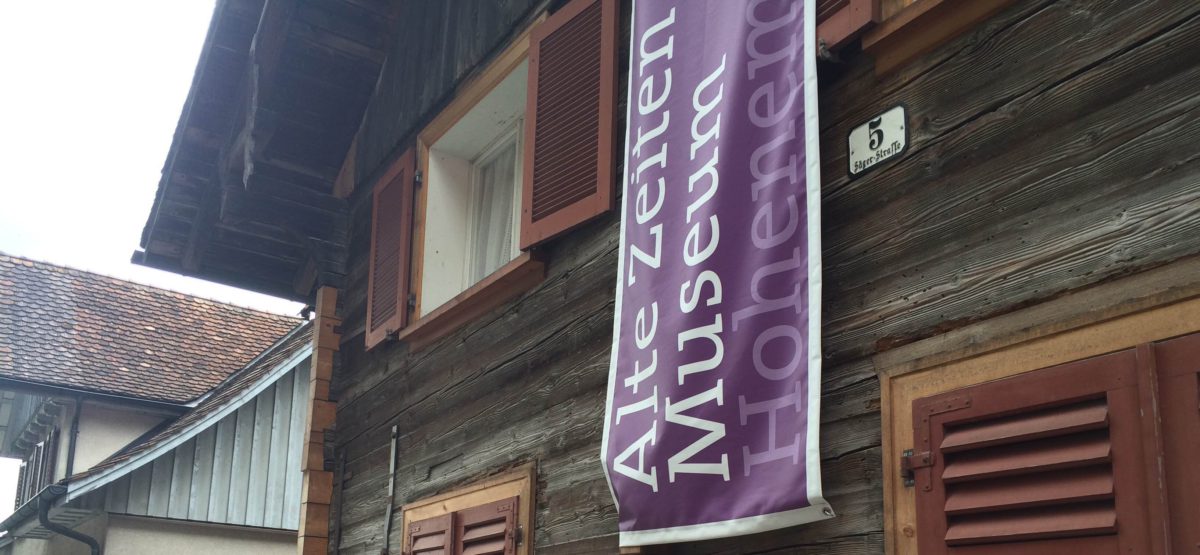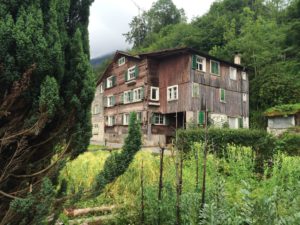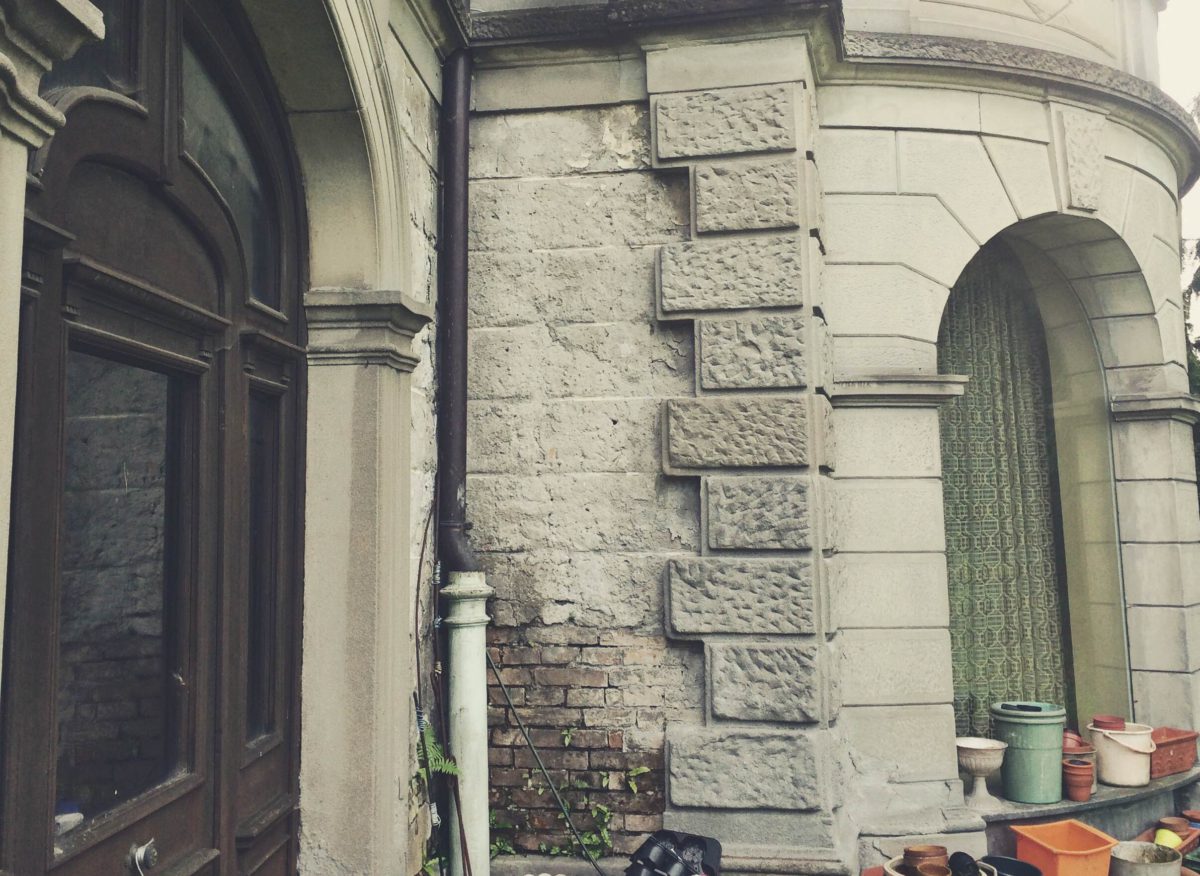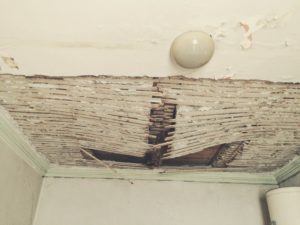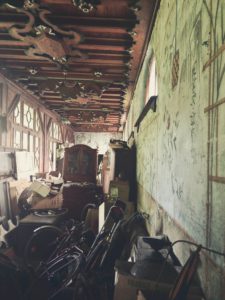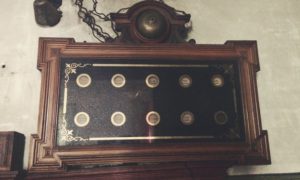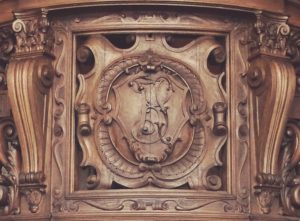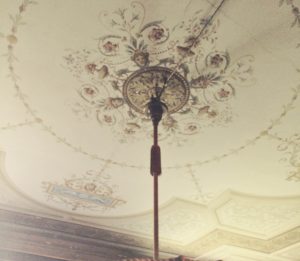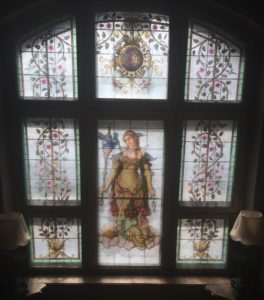I spent the last few days in Munich, the sprawling city in the southern German region of Bavaria where adventurous surfers navigate a single wave in the Eisbach river and people drink beer by the liter.
Munich is also home to a Jewish Museum, which opened in its current form in 2007. I’m slightly biased, but I think Jewish museums are really cool. Visiting the one in Munich also gave me the opportunity to think about the complicated process of telling Jewish history.
The Jewish museums in both Munich and Hohenems teach about Jewish history in a manner that addresses the Holocaust without making it the sole focus. Hohenems largely examines the contributions of Jews in Vorarlberg prior to 1938, while the museum in Munich provides a lengthy look at the city’s Jewish history after 1945: the rebuilding of a community, the contributions of displaced persons, and the generational divides between those who remember the Holocaust and the people (like me) for whom it really is just a chapter in the history books.
These differences are summarized beautifully in a comic strip by American Jewish cartoonist Jordan B. Gorfinkel, which is displayed in the museum’s permanent exhibition. (It’s also online here, so assuming you aren’t currently in Munich and running to visit the Jewish Museum right now, take a moment to read it before you continue with this blog post).
In classic Munich fashion, the two floors that make up the museum’s special exhibition are currently devoted to documenting Jewish contributions to beer.¹ Exhibitions like this one matter not only because beer is culturally important in the region, or because old beer advertisements are funny. They serve as a reminder of the breadth of Jewish history and the range of Jewish identities. Sure, some Jews are debating the role and future of Israel, but others are trying to figure out whether beer is kosher. (And plenty of people are doing both).
To reduce Jewish history to only the Holocaust means missing out on some (supposedly) good beer. But telling Jewish history through only the lens of the Holocaust isn’t just neglectful, it’s dangerous.
In America, talk of the Holocaust is often accompanied by the phrase “Never Forget.” On the surface, this isn’t a problem—the Holocaust is something that we should absolutely always remember. At the same time, treating the Holocaust as the focal point for all studies of Jewish history runs a risk of also treating it like an isolated incident.
There is also a problem with treating the Holocaust like a piece of completed history. As someone who grew up vaguely Jewish in America, I don’t have to think about my family’s persecution on a daily basis. But as the Jewish Museum Munich highlighted, the trauma of those years remains a reality that some people have to confront every day.
The lesson, therefore, that I took away from Munich is that my perspective on this history is also incomplete. Although my ancestors were persecuted in Austria, I feel safe and welcome here.
“Never Forget” is too easy, too simple. Anyone can acknowledge that the past happened. Understanding the consequences and what they mean going forward requires much more introspection.
I definitely have some thinking to do.
¹ I have been blogging about beer a lot more than I thought I would this summer.

